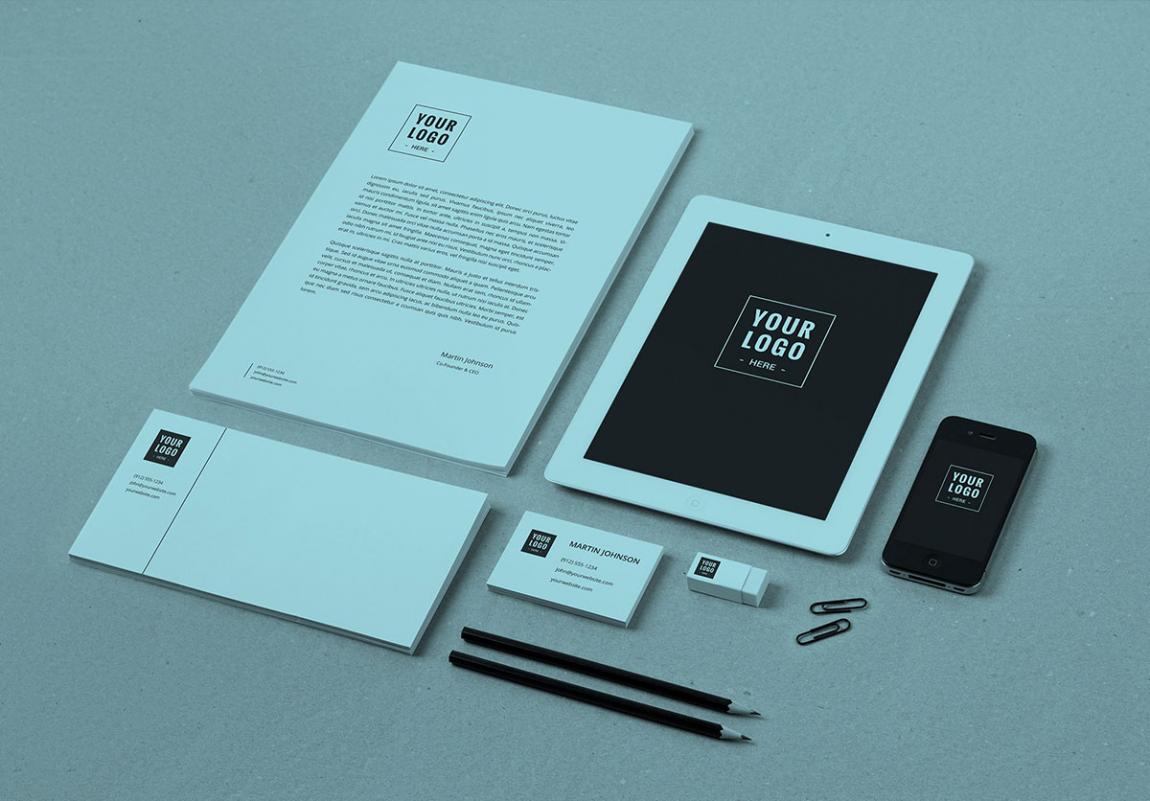
The definition of a ‘small business’ has traditionally agreed to be an organisation with 1-50 employees. With rise of the start-up culture the number of small businesses are growing, presenting a significant shift in the way people work (morning at the coffee shop, anyone?). Add to this the some 4.1million people (or 33%) of the Australian workforce now ‘freelancing’, there’s now a new type of business: the micro business.
The micro business can be divided into three categories:
- The Start-Up: The exact definition of a start-up is tenuous and widely debated, however, my experience is that these businesses typically consist of a handful (less than 5) of committed individuals working towards a 'repeatable and scalable business model’.
- The Freelancer: a highly skilled individual who works by the hour, day or project, rather than being continuously employed by a single employer. Many freelancers are employed by larger organisations to fill a temporary gap in capability i.e., a photographic retoucher required for one day to fulfil a print advertisement job for an advertising agency. Their clients’ are mostly none the wiser as to who actually fulfils this work.
- The Independent Service Provider: highly skilled individuals that clients engage directly. Like a freelancer, they charge by the hour, day or project, and may juggle multiple clients and projects simultaneously.
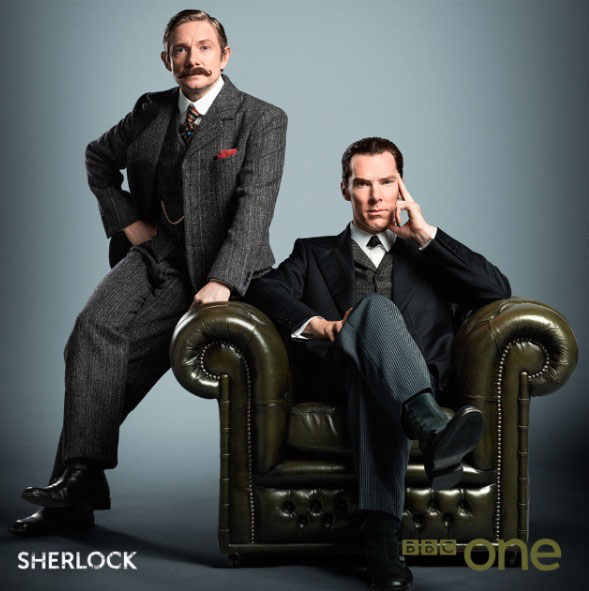
Some well-known freelancers. Image: BespokeMag
The traditionally accepted definition of a small business does not take into consideration the challenges that are unique to the micro business; namely, how to remain consistent in your branding efforts when there’s just the two/three/four of you. These challenges are amplified when it's just the one of you: how do you create, build and maintain a brand when you also have to win work, deliver this work for your clients as well a multitude of other tasks to keep your small business running (i.e., taxes)?
More than a personal brand
The concept of the personal brand has been widely accepted for a while now. People have become more aware of the image that they project, particularly in a professional setting, with social media becoming a valuable tool to build credibility and demonstrate thought leadership.
The micro business builds off the concept of the personal brand, with the added complexity of needing to attract, convert or retain clients (i.e., to create an income!). Whereas the personal brand-builder’s objective may be to position themselves as an expert in their given field or build their following on Twitter, the micro business has some very real financial objectives to deliver.
Be intentional with your brand experience
The funny/frustrating part about branding is that you don't get to define how it is consumed. Your brand lives in the hearts and minds of your audience. A perception will be formed by everyone who touches your brand, and this ultimately forms their brand experience. Once formed, it's hard to change.
Examples of brand experiences your customers might have with you:
- You’ve just delivered an important piece of work for your client. The journey from initial enquiry to completion included a business card, multiple emails, a formal estimate, a PowerPoint presentation, Word document and an invoice. In each case, a different font and (possibly colour) was used to denote your name, or business name.
- You direct a customer to your website, cringing inside as you do so. The website was built in 2010, has had cursory updates and you know for a fact there is a typo on your ‘About’ page.
- Your client calls your mobile number and it goes through to voice mail. A clear message with your name, business name and expectation of when they can expect a response from you has been recorded. Moreover, you return their call in the designated timeframe.
In each these examples, what sort of brand experience is your customer receiving?
Think of your brand being made up of lots of pieces of cellophane laid on top of each other. If each piece is a different colour it will be murky, but if the pieces are all the same you’ll have a brilliant, rich result.
Start with some visual branding basics
You may not have control over your audience’s perception of your brand, but you do have 100% control over the messages that you curate for them, and the easiest place to start is with your visual presence. These five steps can help you be intentional in visually defining your brand and keeping it consistent.
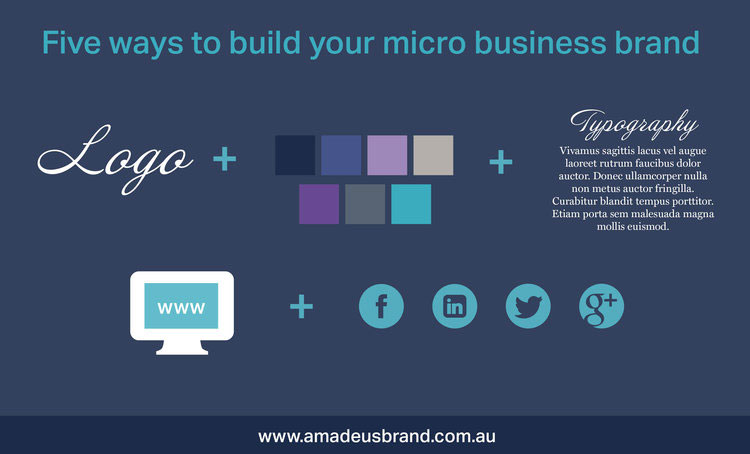
- Create a logo. Even if it’s just you, a simple typographical logo can help to convey the message that you’re a brand. A graphic designer or brand consultant can help you create a logo if want a top-notch job, or if you think you have the skills to handle it, you can use programs such as Photoshop, Illustrator or even Canva. It’s a good idea to have multiple versions in different resolutions so that you can use it as consistently as possible (good quality JPG and PNG files are versatile and able to be used across most platforms and mediums).
- Define a colour palette and use it consistently. A good rule of thumb is: x2 dark colours, x2 light colours, x1 bold colour, x1 neutral and x1 contrast.
- Define fonts to use consistently. (Most) Fonts are beautiful works of art that are at our disposal to help build our brand. There are some wonderful, timeless fonts out there (many of which are quite expensive for the micro business budget), but there are also some really good free fonts too. Check out Google Fonts or My Fonts as a place to start. Make sure you also pick a Microsoft Office font as well and be sure to use this when sending native documents such as .pptx or .docx files – not everyone will have the incredible font you've chosen. Your presentation/proposal/other important piece of work is much safer in one that you thoughtfully define rather than defaulting to Times New Roman!
- Build (and maintain!) a website. Make it clear, simple, easy to read and have a clear call to action. And for the love of branding - keep it updated! Don’t let it get to the point where you are not proud of it – your website is the number one brand touchpoint that every single one of your stakeholders will likely use at some point. Potential clients will check you out, current clients will refer to it to get in contact, suppliers will use it to establish your credibility.
- Define your target market. Take a look at your current or ideal potential clients. Who are they? Are they individuals or organisations? Male or female? Corporate or consumer? Figure out where they ‘hang out’ on social media and try spreading your brand love in these places. Some people will get great return from an Instagram presence, but if you’re like me and deal with a lot of B2B clients, LinkedIn or Twitter may make more sense. Leverage your logo, font and colours to create consistent imagery to use across your different social media accounts.
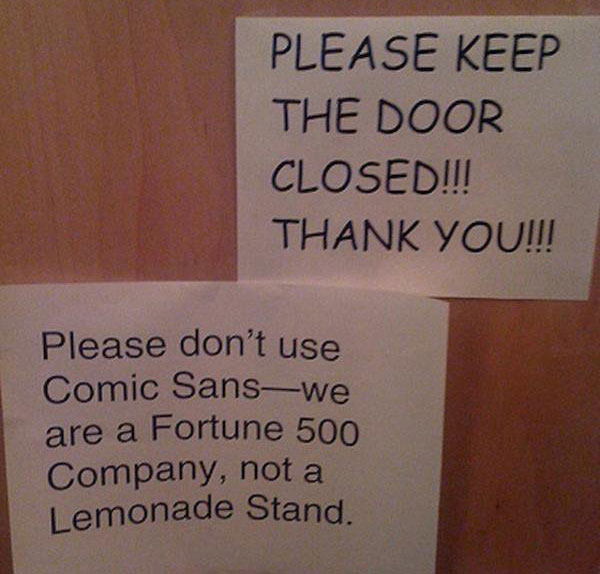
Give your choice of font some thought. Image: Twitter.com
Take care with the 'fun' stuff
There’s a tendency to perceive marketing and branding as ‘fun’ (heck, I've chosen to do it for a living). However, I’ve seen people spend literally hundreds of hours perfecting their logo/website/content, and the value this creates starts to become questionable. It's really understandable when budget is tight, and there are definitely some marketing and branding DIY's where a small business can save some pennies. But, before you go down the DIY route, it may pay to think about:
- TIME: is this worth your time and the amount of time this will take you? Is the time this will take going to be a barrier to getting out there and actually winning work?
- QUALITY: will the outcome do your brand and business justice?
- GREY HAIRS: Will the effort be worth it, or is there value in paying for a great outcome that will be performed quickly and get you out to market faster?
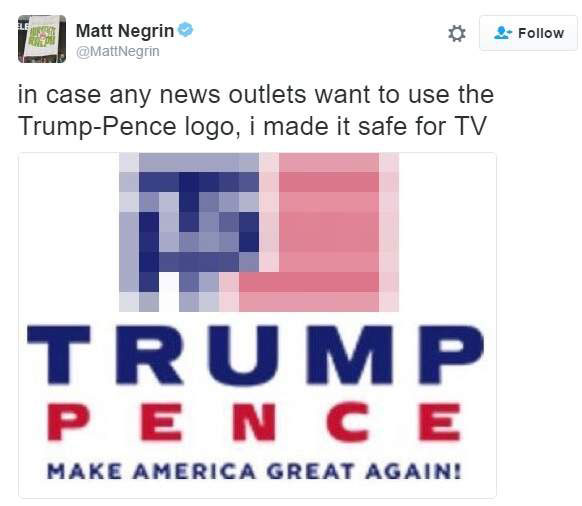
Sometimes it's worth getting a professional. Image: Twitter.com
Do you consider yourself a micro business? What branding tools have you used? I'd love to hear how it's going!
 (0)
(0) 






